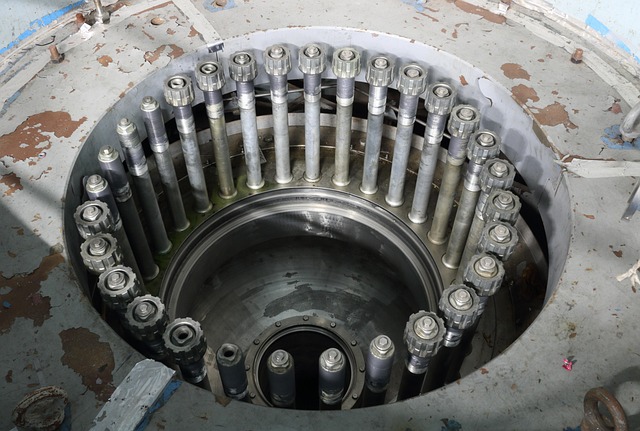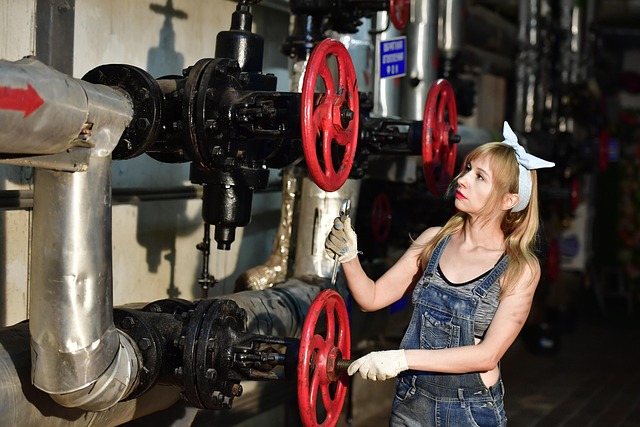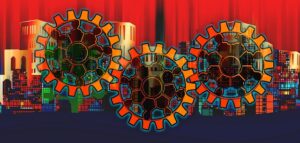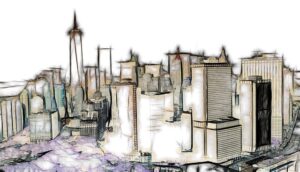Industrial destratification fans are vital tools for improving air quality and worker comfort in large factories and warehouses by combating thermal stratification. Integrating these smart fans with building management systems (BMS) offers efficient energy solutions, reducing costs and enhancing productivity in heavy-duty applications. Market trends indicate a growing demand for advanced ventilation systems that prioritize sustainability while optimizing indoor environments, making industrial destratification fans a key component in the future of green industrial practices.
“Unleashing the potential of smart technology in industrial ventilation, this article explores the fusion of industrial destratification fans with building management systems. Destratification fans, designed to optimize air distribution, are undergoing a transformative journey with the integration of IoT and automation. We delve into the technical intricacies, highlighting how this convergence enhances energy efficiency, improves indoor air quality, and revolutionizes industrial ventilation practices. Discover the future of smart buildings through case studies and market insights.”
- Understanding Industrial Destratification Fans: Their Role and Benefits
- Integrating Smart Fans with Building Management Systems: A Technical Deep Dive
- The Future of Efficient Ventilation: Case Studies and Market Trends
Understanding Industrial Destratification Fans: Their Role and Benefits

Industrial destratification fans play a pivotal role in improving air quality and worker comfort within industrial facilities, manufacturing plants, and warehouses. These specialized fans are designed to tackle a common challenge faced in large spaces: thermal stratification control. In high ceiling spaces found in factories and warehouses, warm air tends to rise to the top, creating pockets of stagnant cold air below. Destratification fans counteract this natural convection flow by gently circulating air throughout the entire space, ensuring even temperature distribution and enhanced worker comfort.
Beyond their primary function, these smart fans offer significant energy cost reduction potential. By promoting natural ventilation and minimizing the need for artificial cooling systems, industrial destratification fans can substantially lower energy consumption, especially in large facilities. This not only benefits the environment but also contributes to substantial financial savings for manufacturing plants and other heavy duty construction sites.
Integrating Smart Fans with Building Management Systems: A Technical Deep Dive

Integrating smart industrial destratification fans with building management systems (BMS) offers a powerful solution for optimizing air circulation in large spaces like manufacturing plants and warehouses. These intelligent fans are designed to address the specific challenges of high-ceiling spaces, where thermal stratification control is crucial for maintaining worker comfort and improving energy efficiency. By seamlessly integrating with BMS, these fans can be remotely monitored and controlled, ensuring optimal performance tailored to individual facility needs.
This technical deep dive reveals how smart fan systems use advanced sensors and connectivity to detect temperature variations and adjust airflow accordingly. This proactive approach to factory cooling not only results in significant energy cost reduction but also enhances overall worker comfort by maintaining consistent air quality throughout the building. In heavy-duty construction and warehouse applications, where large space air circulation is paramount, integrating these fans with BMS provides a game-changing solution for managing thermal stratification, ultimately contributing to a more productive and sustainable working environment.
The Future of Efficient Ventilation: Case Studies and Market Trends

The future of efficient ventilation lies in the seamless integration of smart industrial destratification fans with building management systems (BMS). This evolving trend is reshaping the way we approach indoor air quality and energy efficiency, particularly in large industrial facilities like manufacturing plants and warehouses. Case studies across various sectors highlight the significant benefits of such integrations. For instance, in high-ceiling spaces within heavy duty construction sites, destratification fans have proven effective in reducing thermal stratification, ensuring uniform air distribution, and enhancing worker comfort without excessively increasing energy costs.
Market trends indicate a growing demand for advanced ventilation solutions that offer both functionality and sustainability. As industrial facilities strive to optimize their operations and reduce environmental impact, the adoption of smart destratification fans equipped with sensors and automated controls is on the rise. This technology not only facilitates precise temperature management and improved air circulation in large spaces but also paves the way for more sustainable warehouse applications, contributing to a greener future while maintaining optimal working conditions.
Smart industrial destratification fans, seamlessly integrated with building management systems, represent a significant advancement in ventilation technology. By optimizing air distribution, these systems enhance energy efficiency, improve indoor air quality, and reduce operational costs. As demonstrated by various case studies and market trends, the future of efficient ventilation lies in this harmonious marriage between advanced fan systems and intelligent building management. This integration not only promises greater comfort for occupants but also a more sustainable and cost-effective environment for businesses worldwide.






